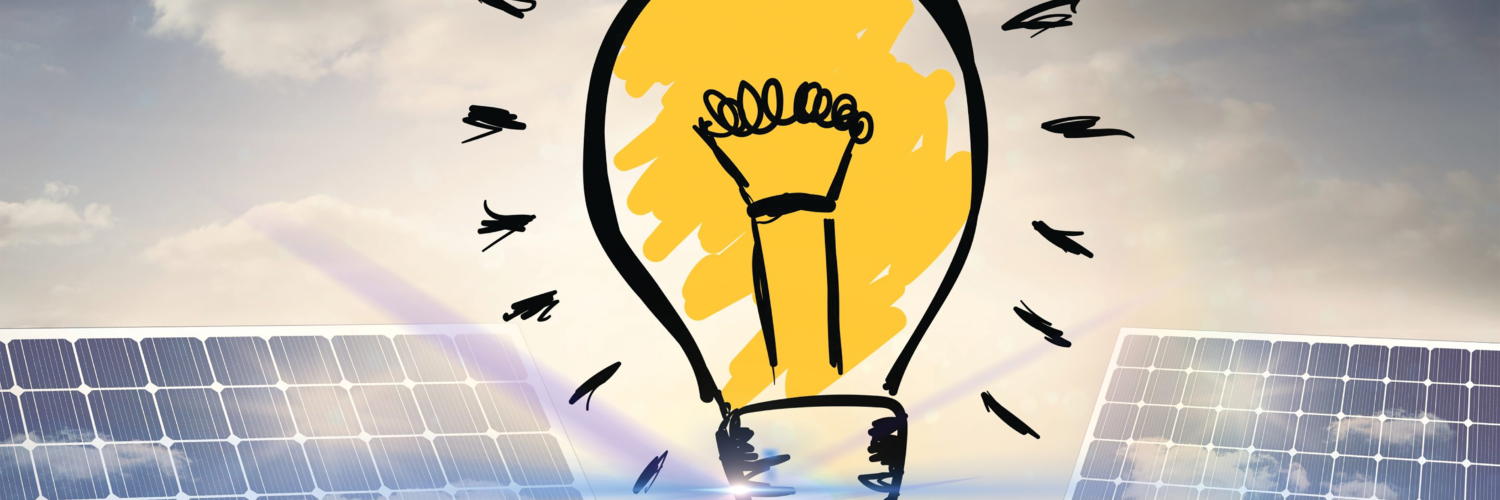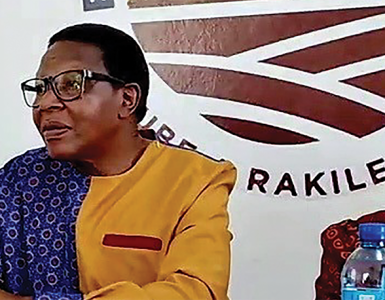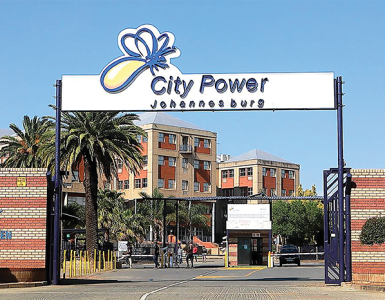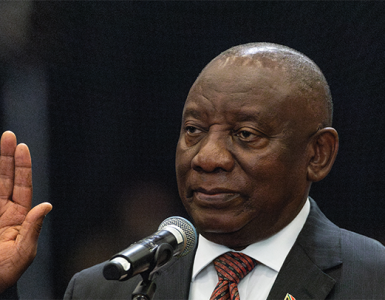ESSENTIALS: As you go about your solar shopping, you’ll find yourself vetting the various finance solutions that can open the door to reliable, uninterrupted power in your home. Of all the funding avenues available, the two most common types that people struggle to choose between, are the rent-to-own financial options or simply opting for a completely financed deal…
By Tips & Tools
If you’re wondering which of these two makes the most sense for your specific financial circumstances, then we can help you by exploring what is entailed with each, and importantly, what the differences are.
This way, you can make an informed decision.
What Is Solar Rent-To-Buy?
The rent-to-own model simply entails paying an agreed amount to a solar company over a set period of time, essentially ‘renting’ your solar system until all payments have been made. Once you’ve completed your payments, the solar system is yours – but only from this point on. Before this, the system belongs to the solar company.
What Is Solar Finance?
Solar finance is, at its core, a loan from a financial institution which one can use to pay all the costs associated with buying the solar system you want for your home.
South Africa now boasts a number of financial institutions offering dedicated solar financing options. For the most part, these loans are made available through the major banks, including Discovery Bank who offers flexible funding options, Absa with customisable finance plans, FNB’s dedicated finance for energy solutions, Solar Energy Finance by Nedbank, and Standard Bank’s offering through a dedicated subsidiary, LookSee.
What’s The Difference?
The difference between a solar rent-to-own system and financing a solar system is simple.
With the solar rent-to-own model you are leasing the system until the end of the lease period, whereas if you go with solar finance, you own the system outright. This is the main difference, and quite a significant one at that.
However, there are other key differences that you need to be aware of.
Starting with the fact that with the solar finance route, one typically undergoes a stricter application process. Different banks have different qualifying criteria, including but not limited to your credit score. Once approved, your finance agreement typically comes with a moderate contract period of around six years and a competitive interest rate of 13-18% that is usually fixed.
Importantly, the money is yours to pay for the solar system of your choosing, and your only obligation, generally speaking, is to keep up with your payments. And because you’re the owner, you could benefit from tax or other incentives, including selling your excess power back to the grid.
On the other hand, the rent-to-buy approach includes a less rigorous application process. It also usually includes much higher interest rates (22% and up) and a lease period of between five to 10 years, which means that you could be paying this off for quite some time.
Finally, your lease agreement includes specific terms and conditions that you need to adhere to. For instance, there may also be buy-out clauses and separation clauses. Let’s not forget that until the final payment is made, the system belongs to the solar company. So, if you move before you’ve paid the system off and can’t take it with you for whatever reason, the company can take the system back – leaving you with nothing to show for the money that you’ve spent. It also means that you won’t benefit from tax or other incentives, because it’s only if you own the system outright that you can benefit from tax incentives or recover excess solar production and sell it back to the grid for cash.
This article was sourced from the AA
BE WARY OF CAR INSURANCE PITFALLS
PLANNING: If you’re looking for ways to save money as the New Year starts, it might be a good time to review your car insurance. Insurance blogger Ernest North offers some tips about how you can reduce your insurance premiums in the short and longer term…
By Thuli Zungu
Many people are tempted to cancel insurance at the start of the year when their budgets come under pressure – especially if they don’t expect to be driving much in the foreseeable future.
This is according to Ernest North, co-founder of digital insurance platform, Naked, warning consumers against doing as this would lead to insurers regarding them as higher risk clients and charging them higher premiums if the history of their insurance coverage reflected interruptions.
“If you have regular breaks in your cover, your insurer may suspect your policies were cancelled due to unpaid premiums or that you haven’t driven for a long time. Lapses in cover might also suggest you only get insurance when you believe you face higher risks, for example, when going on a road trip,” he says. Continuous cover also gives the insurer a clearer picture of your risk over a longer, ongoing period. It’s thus wise to maintain car insurance to get the most attractive premiums.
Think about third-party only cover
He says If you believe it’s not worth insuring your older vehicle, you should still consider third-party liability cover, which is the most basic and affordable car insurance you can buy.
“From as little as R50 a month, it offers protection for everything that your car could damage while you are driving it, except for any damage caused to your own car,” says North. Third-party liability will cover the costs when the third party lays a damage claim against you. That could save you a lot of stress and money if you have a crash with an expensive sports car or luxury SUV.
Take tangible steps to reduce risk and inform your insurer about them
While many risks are outside your control, there are ways that you can reduce the risks of being in an accident or your car getting stolen. For example, you can ensure that your car is always parked behind a locked gate overnight or install a tracking device to increase the chances of recovery if it gets stolen.
Adjust your excess
An insurance excess is the amount of money you contribute towards a claim. You can consider increasing your excess if you want to reduce your monthly premium. Conversely, you can decrease your excess and increase your premium if you are worried about out-of-pocket costs if you have an accident. Try to get a good balance between what you can afford to pay at the drop of a hat and what you can afford to pay monthly in premiums.
Read the small print
Excesses across different insurance providers don’t work in the same way. This makes it difficult to directly compare insurance quotes. Some providers offer a flat excess. This means you’ll pay the same amount, no matter whether the damage costs R100 000 or R10 000 to fix. A few providers have percentage-based excesses, where you will pay a certain percentage of your claim with a minimum excess.
Most conventional insurers also apply additional excesses. For example, you might need to pay an additional excess if the accident happened after 10pm, the driver is younger than 25 or your policy is less than a couple of months old. Some insurers charge zero excesses for claims such as hail damage or windscreen replacement.
Get quotes from competitive providers
The start of a new year or your insurance provider’s annual premium increase are good moments to get quotes from competing providers to make sure you’re getting a fair deal, says North.
He advises consumers to shop around before accepting a provider’s initial premium or their annual increase.
Avoid claiming for small dents and scratches
If you claim often, your premium might be reviewed and increased. If there’s a no-claims bonus on your policy, you’ll also lose it when you claim. It’s worth getting a quote for a repair after a minor ding to evaluate the cost. If the cost is comparable to or less than your excess, consider paying out-of-pocket to maintain a clean insurance record and stable premiums.





























